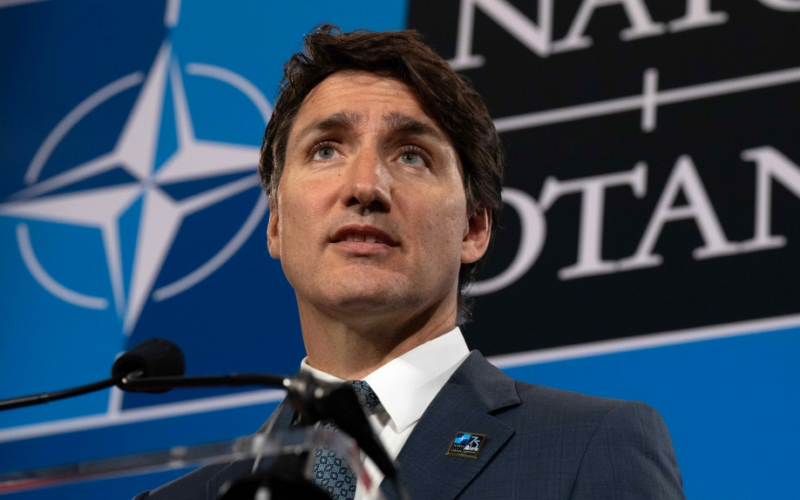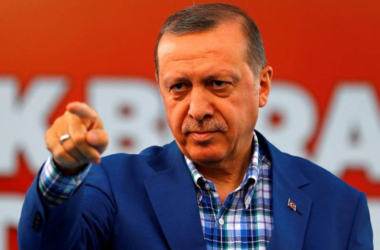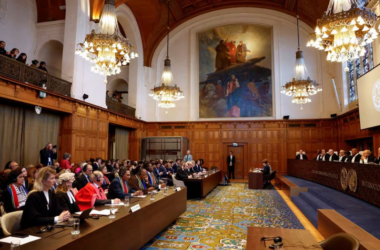Canada has pledged to significantly increase its military spending to meet NATO’s defense target by 2032, highlighting both its commitment to the alliance and the complexities involved in achieving this goal.
The Canadian government, led by Prime Minister Justin Trudeau, has announced a plan to elevate defense spending from the current 1.4 percent of GDP to 2 percent by 2032. This commitment aligns with NATO’s guideline that member countries spend at least 2 percent of their gross domestic product on military expenditures. Currently, Canada is among several NATO members that are below this target, alongside France, Germany, and Italy.
The plan, revealed at a NATO summit in Washington, aims to address concerns over Canada’s historically lower defense spending compared to its economic standing. Canada, as the world’s second-largest country by area and one of its seven wealthiest economies, has faced criticism for its comparatively modest military budget.
The increase in defense spending will be gradual, with Canada targeting a rise to 1.7 percent of GDP by the end of the decade. However, the timeline has been described as ambitious, given the slow pace of global military hardware production and the country’s existing fiscal constraints.
The commitment comes amid a backdrop of international pressure on NATO members to bolster their defense budgets, particularly in light of the ongoing conflict in Ukraine. The decision has been made to increase military capabilities across the alliance, which has faced challenges in rapidly scaling up production and supplies.
The political landscape in Canada adds another layer of complexity. With federal elections expected before October 2025, Prime Minister Trudeau’s pledge may not be guaranteed if there is a change in leadership. Conservative challenger Pierre Poilievre has expressed skepticism about the feasibility of meeting the 2 percent target, suggesting that Canada’s financial situation might not support such a significant increase in defense spending.
The Canadian government’s strategy includes procuring 12 conventionally powered submarines as part of its effort to enhance its military presence in the Arctic. This region has gained strategic importance due to increased geopolitical competition, particularly with Russia and China. The first of these submarines is anticipated to be delivered by 2030.
Despite the announced commitment, experts caution that military procurements are long-term projects that cannot be accelerated simply by setting deadlines. Adam Chapnick, a professor of defense studies at the Royal Military College of Canada, noted that the urgency declared by officials does not necessarily speed up the procurement process.
Gen. Jennie Carignan, the newly appointed chief of the Canadian Armed Forces, emphasized the importance of preparing for both conventional and unconventional threats. She underscored the need for Canada to enhance its defense capabilities to effectively respond to emerging risks.
While Canada’s pledge to meet the NATO spending goal demonstrates a clear commitment to strengthening its defense posture, achieving this target will require overcoming significant logistical and political challenges.








